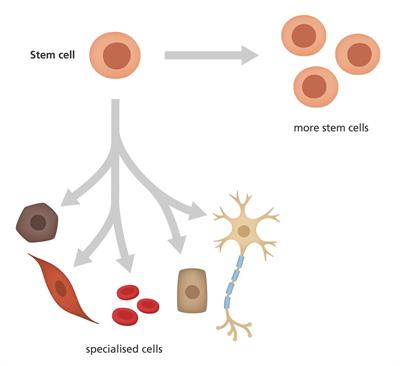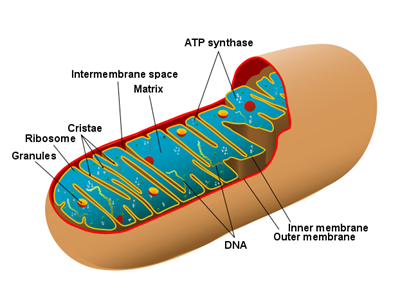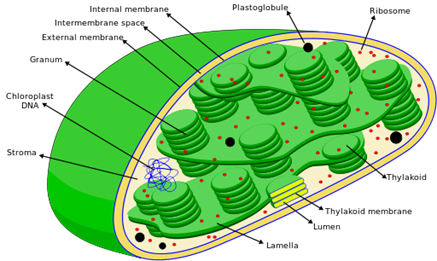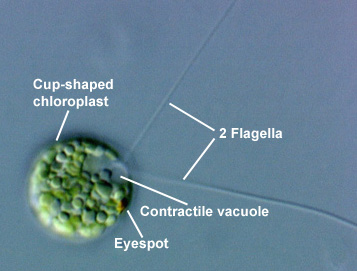
PUMPA - SMART LEARNING
எங்கள் ஆசிரியர்களுடன் 1-ஆன்-1 ஆலோசனை நேரத்தைப் பெறுங்கள். டாப்பர் ஆவதற்கு நாங்கள் பயிற்சி அளிப்போம்
Book Free DemoStem cells:
These are the cells that can divide and multiply rapidly. These cells can develop into any other type of cell.
The embryonic stem cells are a special type of cells that can become any cell type such as the blood cell, nerve cell, muscle cell or gland cell. Hence, these cells are utilized by the scientists and doctors to prevent and cure various diseases like the spinal cord injury.

Stem cell
Mitochondria:
As learnt in the previous classes, food is an energy source for the body. Like how wood is burnt to produce stored potential energy for the production of fire to heat water, the food consumed by us is broken down to release energy that the body can use for functioning.
Important!
Mitochondria are cell organelles that are responsible for this energy production.
In the cells that are highly active, more mitochondria are present than in the comparatively less active cells. Hence, compared to the bone cells, the muscle cells will have high numbers of mitochondria as these are the cells responsible for the movement of bones and therefore require more energy.
Structure of mitochondria:
Mitochondria are oval or rod-shaped double membrane-bounded organelles. All the various aerobic respiratory reactions that are involved in energy production take place in the mitochondria. Hence mitochondria are known as the powerhouses of the cells.
The energy that is produced inside the mitochondria is used for all the metabolic activities of the cell.

Mitochondria
Chloroplast:
The cell organelles that contain pigments of different colours are known as plastids.
Some of them are green in colour due to a green colour pigment known as chlorophyll. These green colour plastids are known as chloroplasts.
The chloroplasts are the cell organelles that can produce food from solar energy. Hence they are known as the producers of the cell. Only the plants that contain chloroplasts can synthesize their food through photosynthesis.
The animal cells lack chloroplasts in their cells. Hence they are unable to prepare their food through photosynthesis.

Chloroplast
Chloroplasts in algae:
Plastids are of two types. They are coloured plastids known as chromoplasts and colourless plastids known as leucoplasts. As the chloroplasts are green-coloured plastids, they are found only in green algae and plants, imparting them green colour.

Chlamydomonas
A wide range of plastids imparts different colours to the various parts of the plants. The chromoplasts impart colour to the fruits and flowers. When the fruits ripen, the chloroplasts become chromoplasts, and the starch is converted to sugar.
Reference:
https://upload.wikimedia.org/wikipedia/commons/7/75/Diagram_of_a_human_mitochondrion.png
https://www.flickr.com/photos/yourgenome/34585744424
https://upload.wikimedia.org/wikipedia/commons/thumb/2/2d/Scheme_Chloroplast-en.svg/512px-Scheme_Chloroplast-en.svg.png
https://www.flickr.com/photos/fickleandfreckled/6793273042